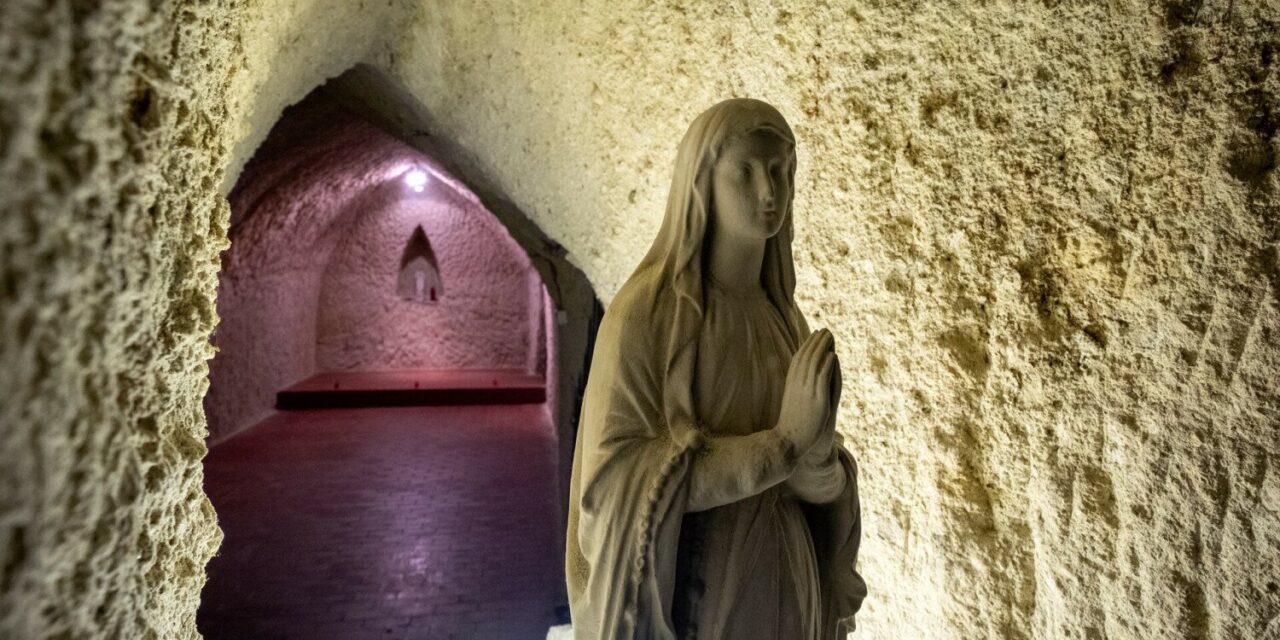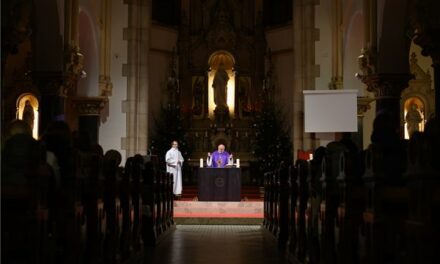Many people may not have even heard of it, but one of the most unique chapels in our country is hidden in Miskolctapolca. Anyone who sees it will immediately fall in love with this hidden treasure and its history.
According to the Turista Magazin article, there are only two rock sanctuaries in Hungary . One is in Budapest, the rock church of Our Lady of Magyars on Gellért Hill, and the other is the rock chapel of the Heart of Jesus in Miskolctapolca.

Photo: Krisztina Pálvölgyi/TuristaMagazin
The first one is known to almost everyone, as it is in sight, while the one from Miskolctapolca does its work modestly, to the great joy of the believers in the area, because its pews are always full at Sunday mass.
The history of the sanctuary is complicated:
"The Székelykapu has been welcoming visitors here since 1995, which was created in honor of Pius Szabó, a Transylvanian deacon. The existence of this special chapel is thanks to him. According to the story, the Benedictine monastery stood in Tapolca until the 1500s, but it had to deal with two things. First of all, with the extreme environmental factors, since it was located in an area rich in springs, and in the 14th century the groundwater level rose a lot. At that time, the abbey building was still protected by a floor filling, but not from the attack of 1532. The monks did not side with the then reigning King János I, and this was their loss, because Imre Bebek and Ferenc did, who attacked the monastery with their men. Some of the monks were killed, others were taken prisoner, and the building was looted and then set on fire. Most of the stones left from the monastery were carried away by the inhabitants of the area, and only the foundation remained to some extent, which can still be seen today next to the cave bath".

Photo: Krisztina Pálvölgyi/TuristaMagazin
After that, the monks did not return, and Tapolca did not have a place of worship until the 20th century.
That's when Dean Pius Szabó came into the picture, who visited here regularly, it is likely that he too was attracted by the booming spa life at the beginning of the century.
During his visits, he enjoyed the hospitality of the Pataky family, with whom he talked a lot about how sad it is that there are so many contradictions between Hungarians and that there is still no place of worship in this region. The offer of Rudolf Pataky brought a solution to the latter. Because he owned a place called Verebes farm, which the deacon liked very much, he was inspired by the two small caves carved into the tufa, which were already here at that time and were used as sheepfolds. He thought that if the four-leggeds already had an akluk here, the two-legged ones could as well. Rudolf gifted the area to him, and the idea of the chapel began to take shape.

Photo: Krisztina Pálvölgyi/TuristaMagazin
László Menner, a recently graduated architect from Miskolc, was entrusted with the preparation of the plans.
The cavity was originally only six by 8 meters, and its height did not even reach two meters, so the floor was deepened and the previously flat ceiling was redesigned by Menner to be arched. The rock chapel was built in a neo-Gothic style, construction began in 1935, and it was consecrated in 1936.

Photo: Krisztina Pálvölgyi/TuristaMagazin













